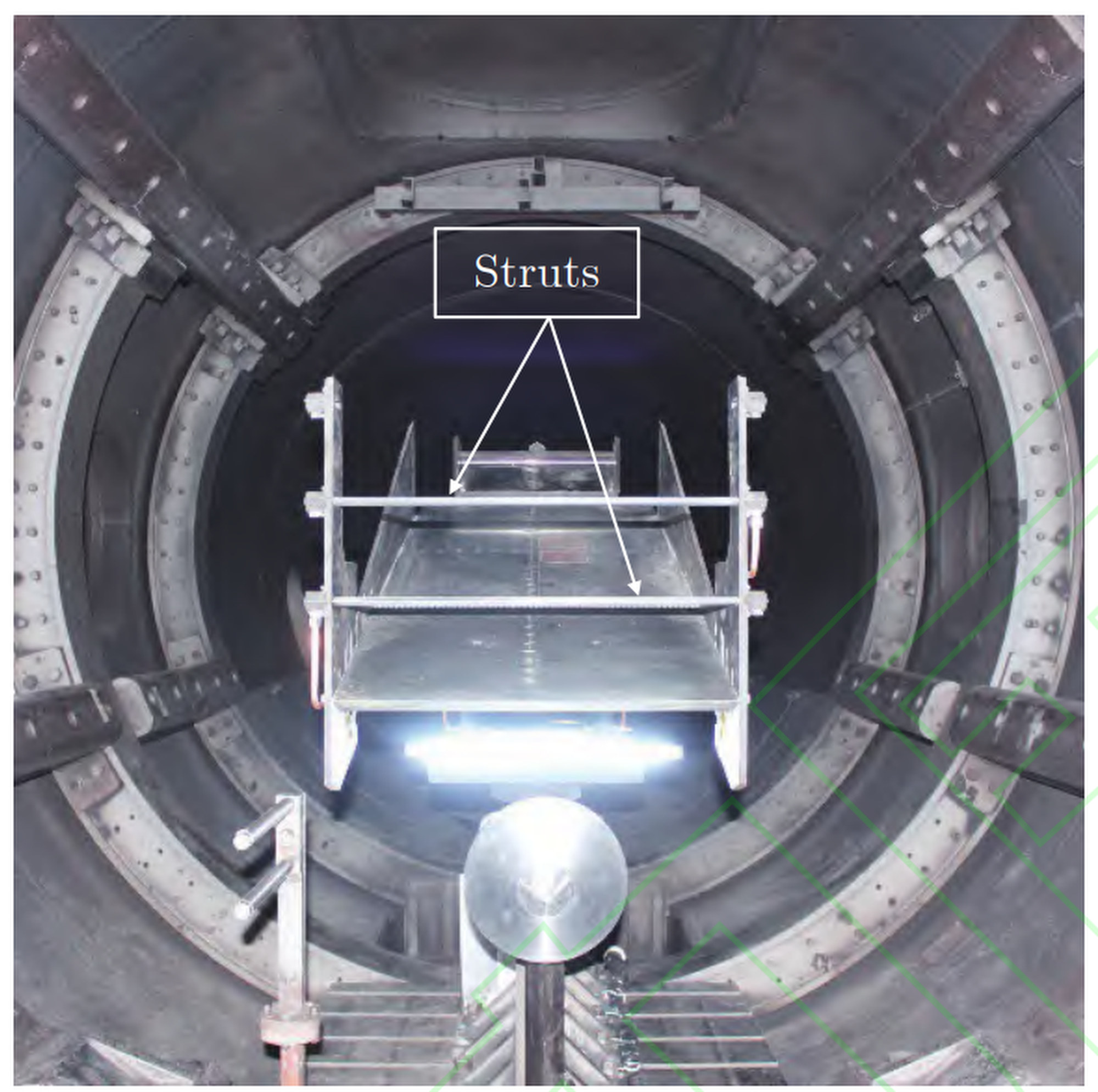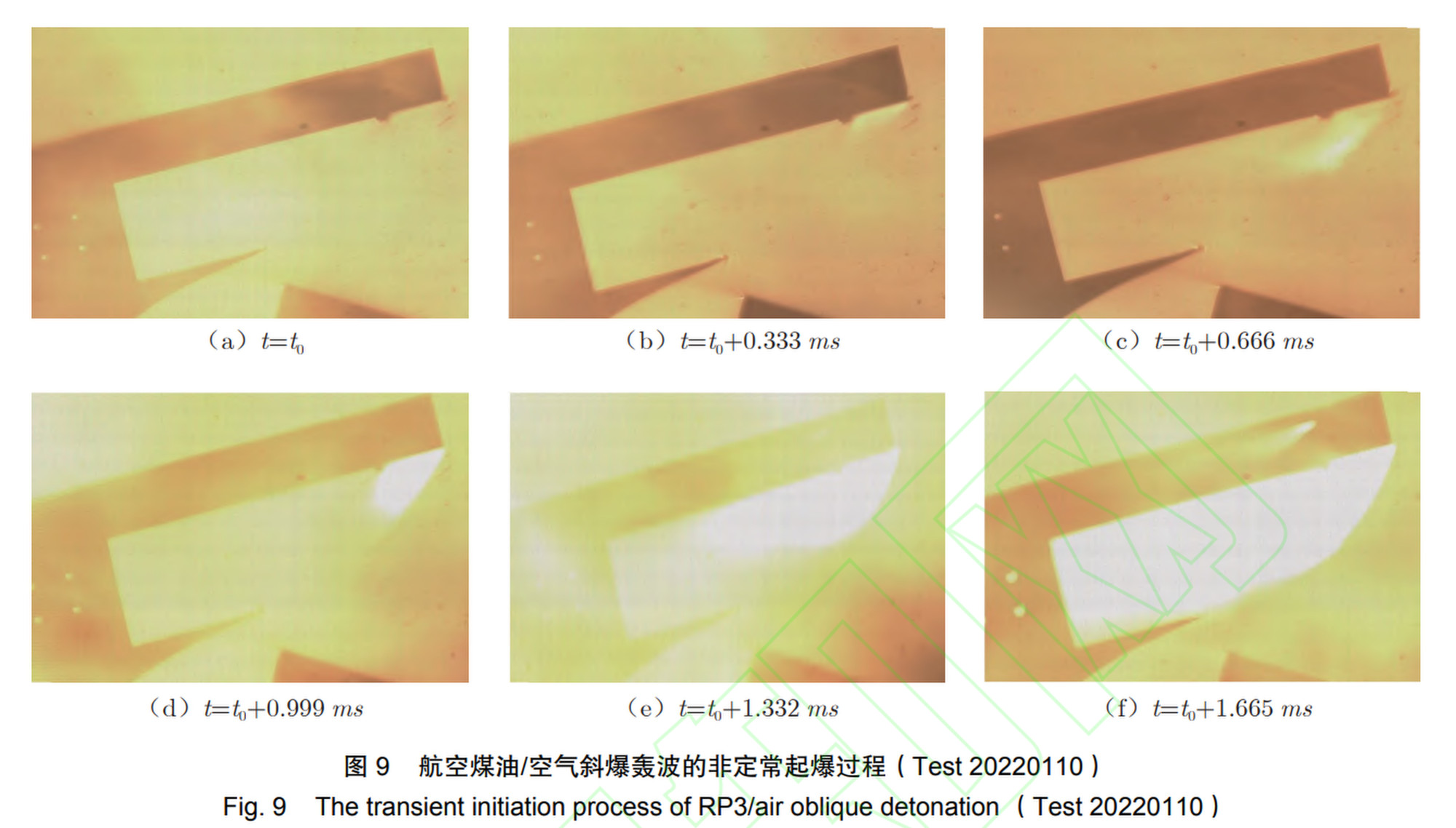Remember several months back when
@Temstar mentioned about a 1995 proposal for a hypersonic bomber for the PLA?
Great podcast between Xi Yazhou and someone who's working in hypersonic space in China. I'm still going through it (look at how long this one is!)
Now coupled with this:
Chinese team says hypersonic engine can hit Mach 9 on low-cost jet fuel
- The device travels at nine times the speed of sound without the expense or explosion risk of burning hydrogen, according to paper
- Researchers in China say ground experiments at Beijing’s JF-12 shock tunnel were successful
(The two quoted posts in this thread have to be cut short in order to stay below the 10000-characters limit. You guys can click on their usernames to refer to their posts in full)
Can anyone see the connection? I hope my guessing is right.
If the aforementioned hypersonic bomber can operate as near-space vehicles, then it could reasonably lob munitions over great distances towards their intended targets without having to personally approach the enemy territories and increase exposure to enemy defenses.
Envisioned method would be:
1. Fly the hypersonic bombers towards near-space altitudes (preferably close to the Karman Line) at Mach 9;
2. Launch onboard payloads at angles close to that near the end of boost phase/early mid-course phase of ballistic phase;
3. Hypersonic bombers then return to base;
4. Payloads first travel towards their targets in trajectories similar to a ballistic missile;
5. Until a certain distance from the targets, those payloads would fire up their onboard propulsion system;
6. Payloads transform behavior into that of a cruise missile/quasi-ballistic missile; and
7. Payloads continue towards their targets while able to actively avoiding and dodging enemy defenses.
Of course, both the hypersonic bombers and their payloads must be made such that they:
1. Are considerably cheaper than ICBMs;
2. Can be produced in larger numbers;
3. Can be produced in shorter durations of time;
4. Able to utilize airfields and airbases, support facilities and infrastructures that are already available across the PLAAF; and
5. Can be ordered into action at a moment's notice.
This method of intercontinental strategic strikes against the enemy may, unlike what Temstar has stated in the 1995 proposal, require the hypersonic bombers to travel outside of China's borders. On the other hand, either the hypersonic bombers can be made smaller, or that the payloads onboard can be made smaller to allow more of it to be fitted into the bomb bays of the hypersonic bombers.
Another way of seeing it would be like bombers launching smaller DF-17 but with HCM at near space altitudes.
As China has neither military bases across the world nor bombers that are capable of striking targets at intercontinental ranges with rates similar to that of the WW2 bombing campaigns, I believe such hypersonic bombers and payloads would be the way to go for China.
What do you guys think?





